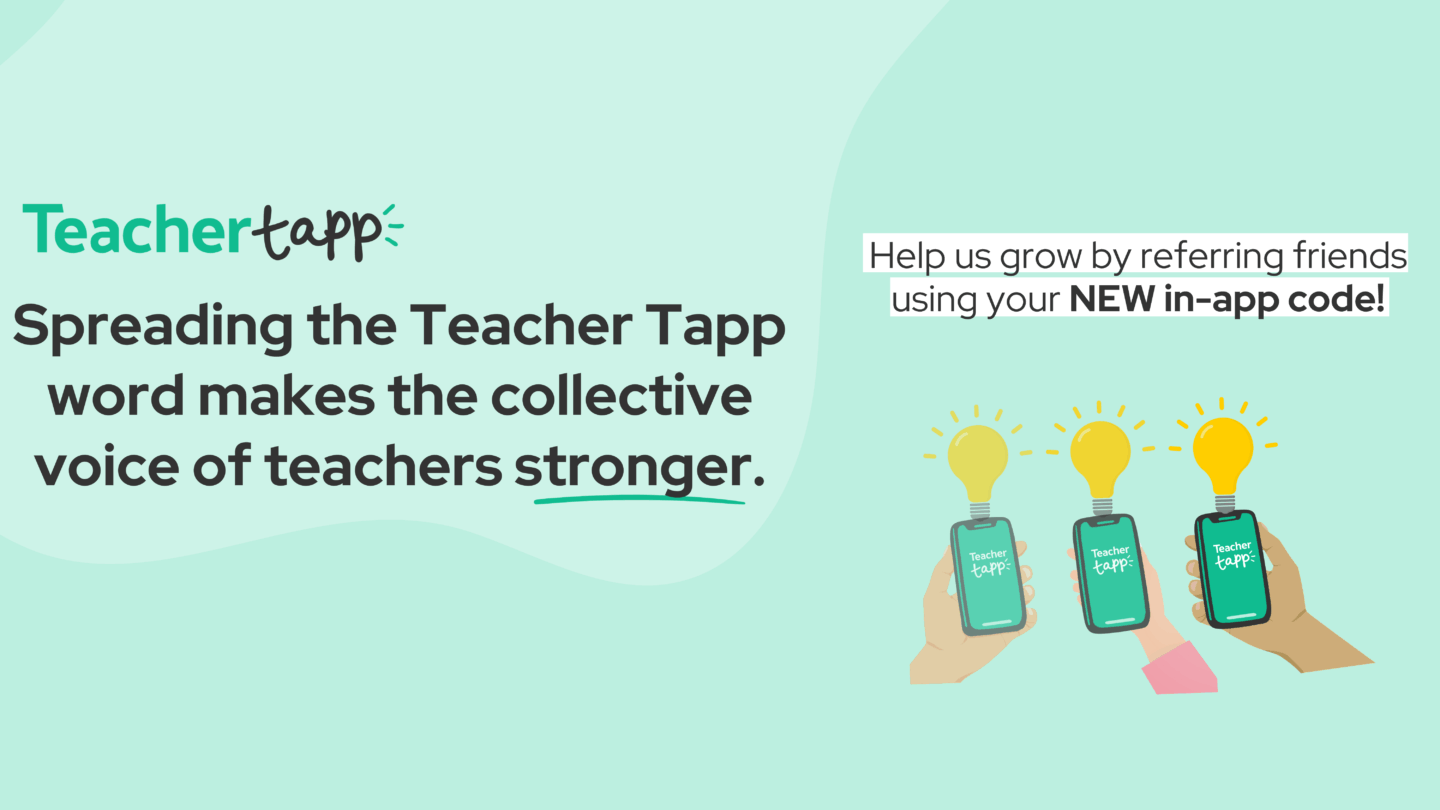Oof, has anyone else had to get their big coat out in the past week? With windows flung open to keep air circulating, many of you are already shivering in your classrooms and it’s not even October yet! Get a scarf on and buckle in for what you told us this week…
1. The usual beginning…
Let’s start with anxiety-watch, our regular look at how you are coping with work.
First, the good news – despite other surveys claiming a crisis amongst teachers, our data shows that anxiety levels are back to typical term-time levels for classroom teachers. Now, this doesn’t mean things are good. Remember, we’ve shown before that teachers have poorer psychological wellbeing during term-time than other parts of the population. However, things are back to normal… for teachers.
Anxiety levels for heads and classroom teachers are much more divergent, though. 22% of heads are reporting very high anxiety versus just 10% of classroom teachers. Whilst we aren’t quite back at peak pandemic anxiety levels, (that accolade goes to the day of the June re-opening announcements), this stress level for heads simply isn’t sustainable.

So, what do you do if you are a head? Do you publicly articulate how difficult things are, or do you keep quiet because you are trying to keep your own staff calm? It seems the latter – just 1-in-10 teachers who are not part of the senior leadership team identified that their head was struggling with the pressure.

Many teachers said they didn’t know how their head was doing. We are surprised it isn’t more – teaching is a lonely profession where you infrequently see your co-workers, especially where social-distancing rules are in place.
4-in-10 secondary teachers (non-SLT) and 1-in-5 primary teachers hadn’t set eyes on their head at all last Friday, even for a quick hello.

2. Disruption in class
Many of you were worried about behaviour management on our return to school. What would kids be like after six months at home? How do you maintain order if you can’t walk around the classroom?
The good news is that behaviour seems to be very normal for September – about 1-in-4 of you said there was a time that teaching and learning was disrupted in your last Friday lesson. (The bad news is that it tends to get worse through the academic year!)
Below shows the percentage of teachers who said they stopped for poor behaviour in their last lesson starting in September 2018 (far left) and running across to this month (far right). As you can see, even in usual years, it starts off low around this time of year (in the 20s) and usually increases up to around the 35% -40% rate by Spring.

When we asked what disruptive events happened during class, they were pretty typical, except for one thing. This year, students are far less likely to be late or slow to get settled, probably because many schools are keeping students in one classroom or block all day!

3. Does poor behaviour cause anxiety?
Sometimes pandemics help us learn about normal times. We had already spotted that secondary teachers in schools with higher numbers of pupils on free school meals (FSM) tend to report higher work-related anxiety, and poorer mental wellbeing, during term-time. But we weren’t sure why. Is teaching in a high FSM school more stressful? Or is it that teachers with poorer mental wellbeing more likely end up in higher FSM schools?
Well… the pandemic helped us find out the answer.
During school lockdown there was no reported difference in work-related anxiety, or other wellbeing measures, across teachers who teach in affluent versus deprived schools. This suggests that it is the disparity of events taking place in the classroom that could be a root cause of the differences we usually see. (Note – none of this applies to primary where working in a high FSM school doesn’t seem to be correlated with higher anxiety.)

We don’t know, for certain, what makes teaching in higher FSM schools more stressful. Causation is tricky to establish. However, in any given week, we typically observe that the behaviour of students tends to be more disruptive and abusive. It seems logical to assume that few teachers can cope with this without feeling stressed.


4. No unexpected learning loss?
And finally… we’ll be asking more questions to see whether you perceive that lockdown had an impact on student attainment. Last week we asked whether you found you needed to deviate substantially from your planned lesson because student prior knowledge was better or worse than expected.
Thankfully, we asked this question last September. Our hunch was that many more of you would be struggling to establish student’s prior knowledge because of the time away from school. However, just 19% of you said that you did for that lesson, which is a very similar level to normal. Does this mean that holes in prior knowledge are not a substantial issue, or is that they are but you anticipated the issues well? In future weeks we’ll be asking more questions to find out!

Time for tips
- Overview of ‘Behaviour for Learning’
- Can creative writing be taught?
- The teacher scaffolding effect
- Neglect can have a devastating impact on early child development
- Giving the science curriculum a ‘mastery’ focus
- What is ‘maths fact fluency’?
- The challenge of teaching from behind the COVID ‘safety line’
- Phased returns and blended learning
- Are knowledge organisers flawed?





